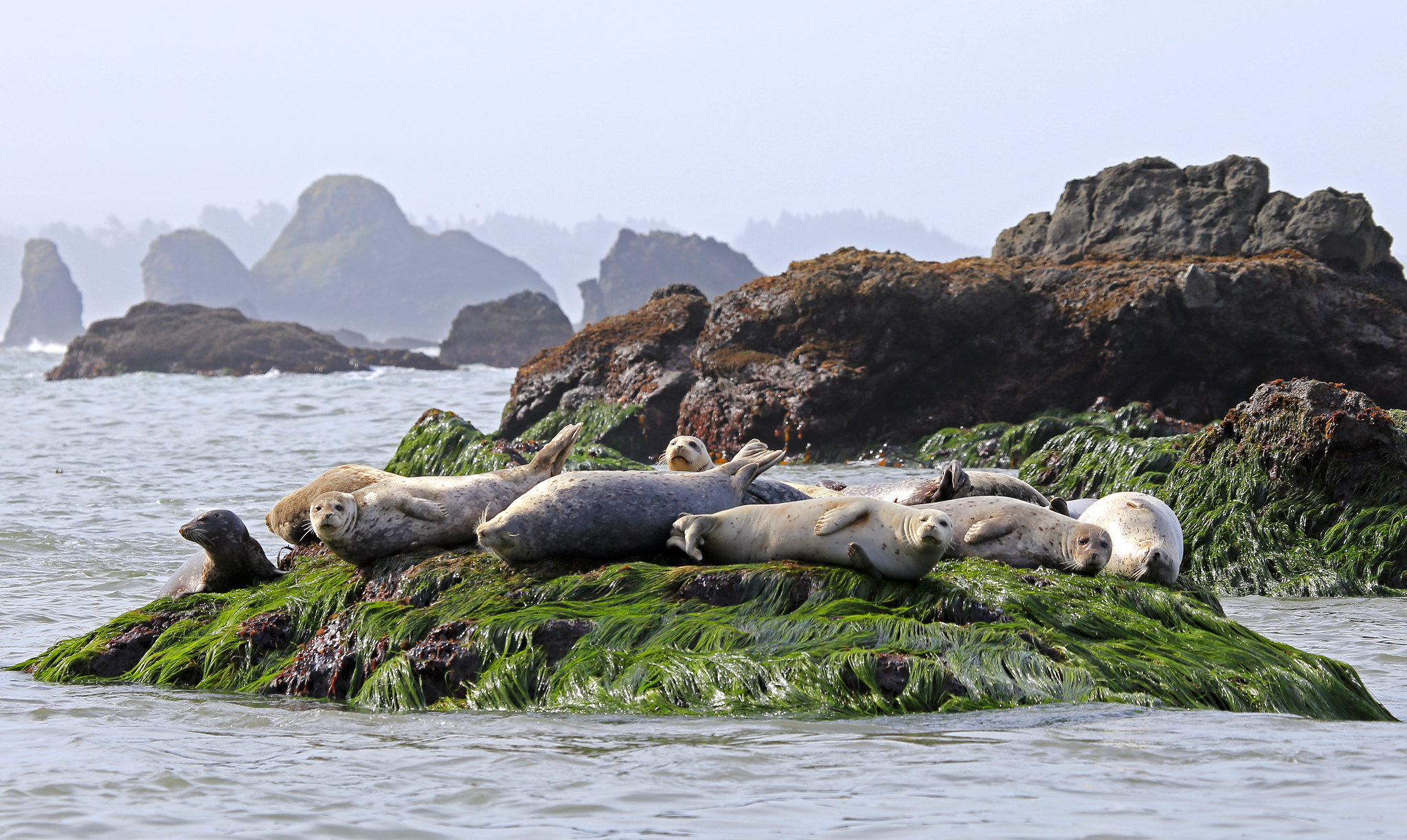Excerpt:
Restoration of coastal marine habitats—often conducted under the umbrella of “nature-based solutions”—is one of the key actions underpinning global intergovernmental agreements, including the Paris Agreement and the 2021–2030 United Nations (UN) Decade of Restoration.
To achieve global biodiversity and restoration targets, such as the Kunming–Montreal Global Biodiversity Framework, which aims to restore 30% of degraded ecosystems by 2030, we need methods that accelerate and scale up restoration activities in size and impact. Part of the solution is cross-habitat facilitation—positive interactions that occur when processes generated in one habitat benefit another. These interactions involve physical, biological, and biogeochemical processes, such as wave energy dampening, competition reduction, and nutrient cycling.
To date, positive cross-habitat interactions, henceforth known as “facilitative interactions,” underpin coastal ecosystem development, resilience, and expansion (1–3), but have received little attention in coastal marine restoration practice beyond small-scale studies. We found that only 6 of 2,145 coastal marine restoration studies addressed restoration of multiple habitats concurrently, and just 6 explicitly aimed to harness cross-habitat facilitation. In contrast, terrestrial ecosystem restoration often employs multihabitat restoration approaches (4).
And yet, these interactions are incredibly important for habitat formation. Without cross-habitat facilitation via oyster and coral reefs that baffle waves, for example, saltmarshes, seagrasses, and mangroves cannot naturally develop in many locations. Biotic interactions, such as species migrations, can mediate long-distance cross-habitat facilitation (5, 6). Cross-habitat facilitation can extend beyond coastal marine seascape interactions to interactions across marine–terrestrial borders. For example, nutrient exchange between land and sea can increase sand dune or reef productivity (7).
We argue that successful scaling of coastal marine restoration requires a conceptual and practice-based shift from single-habitat practices to restoration endeavors that focus on rebuilding multiple, connected habitats across seascapes. An emerging field of restoration research and practice is demonstrating that cross-habitat facilitation can improve restoration outcomes and yield multiple cobenefits, often for minimal cost (1). Only when large- and small-scale facilitative interactions are both included in restoration can we systematically harness their benefits (1, 8). Practitioners, scientists, and natural resource managers may achieve this by basing multihabitat restoration design on the patterns and spacings observed between habitats in natural seascapes, measuring or using models to quantify the distances over which cross-habitat facilitation occurs, integrating restoration programs across agencies, and genuine commitments to global agreements that reduce the underlying causes of habitat loss (e.g., climate change, urbanization)…









